Stomata are tiny pores or openings in plant tissue that allow gas exchange. They are typically found in plant leaves but, at the same time, can also be found in some stems. Specialized cells, often known as guard cells, surround stomata and function to open and close the stomatal pores. Therefore, you should understand the stomata function to know how it works.
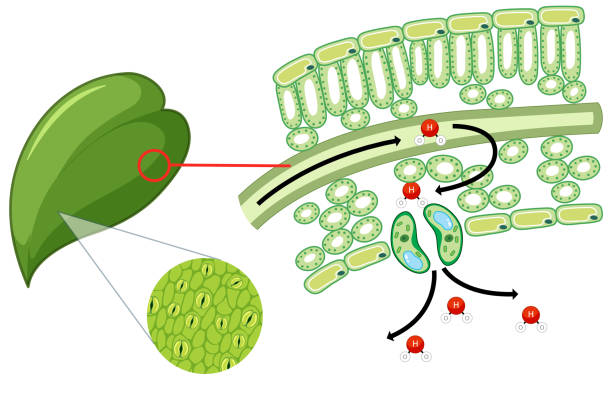
Stomata will allow a plant to take in carbon dioxide often needed for photosynthesis. They also help reduce water loss by closing when conditions become too dry or hot. If you see them in the microscope, stomata look like tiny mouths which open and close as they assist in transpiration. The stomata function for a plant is very crucial. We will discuss in detail how the complete process works.
Why Stomata is Important To a Plant
Plants that reside on land typically have hundreds of stomata on the surfaces of their leaves. The majority of stomata are located on the underside of plant leaves. Thus reducing their exposure to heat and air current.
In aquatic plants, you will find the stomata on the upper surface of the leaves. A stoma (singular for stomata) – is typically surrounded by two types of specialized plant cells. These cells are very different from other plant epidermal cells. They are called guard cells and subsidiary cells.

It is important to note that guard cells are large crescent-shaped cells. Two of them together surround a stoma and are connected to the ends. These cells contract and enlarge to open and close stomatal pores. Guard cells also contain chloroplasts – which are the light-capturing organelles in plants.
The subsidiary cells, also called accessory cells, support and surround the guard cells. They act as a buffer between guard cells and epidermal cells. They protect the epidermal cells against guard cell expansion. Subsidiary cells of different plant types exist in different sizes and shapes. They are also arranged differently with respect to their positioning, especially around guard cells.
Types of Stomata
Stomata can be grouped into different types primarily based on the number and characteristics of the surrounding subsidiary cells. Examples of different types of stomata are:
Anomocytic Stomata: they possess irregularly shaped cells quite similar to epidermal cells. They surround each stoma.
Anisocytic Stomata: Features typically include an unequal number of subsidiary cells. There are 3 surrounding each stoma. Two of these cells are significantly larger than the third one.
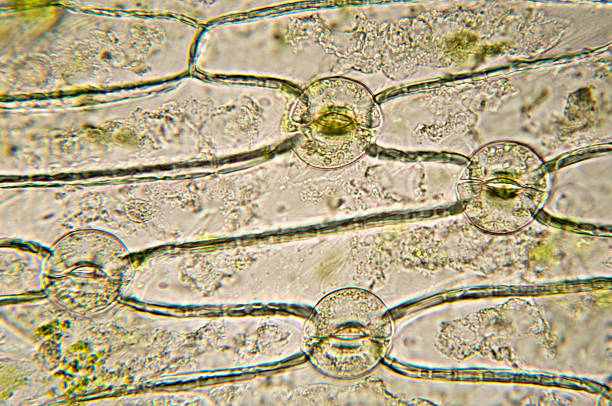
Diacytic Stomata: Stomata are surrounded by two subsidiary cells perpendicular to each stoma..
Paracytic Stomata: Two subsidiary cells are arranged parallel to the guard cells and stomatal pore.
Gramineous Stomata: These guard cells are narrow in the middle and wider at the ends. The subsidiary cells are parallel to the guard cells.
Two Main Functions of Stomata
The primary function of stomata is to allow for the uptake of carbon dioxide. The second function is to limit the loss of water due to evaporation. Stomata remain open during the day and close at night in most plants.
Stomata are generally open during the day because this is the period when photosynthesis typically occurs. During photosynthesis, plants use water, carbon dioxide, and sunlight to produce glucose, oxygen, and water.
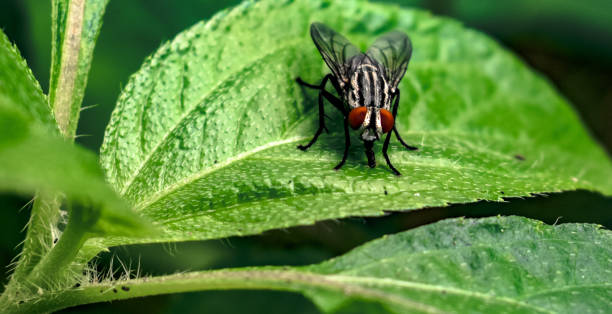 The plant uses glucose as a food source, while water vapor and oxygen escape through open stomata into the surrounding env. The plants need carbon dioxide, which they obtain from the open plant stomata. During the night, when plants do not get sunlight, photosynthesis no longer occurs. The stomata then close. Once the stomata are closed, the water cannot escape through the open pores.
The plant uses glucose as a food source, while water vapor and oxygen escape through open stomata into the surrounding env. The plants need carbon dioxide, which they obtain from the open plant stomata. During the night, when plants do not get sunlight, photosynthesis no longer occurs. The stomata then close. Once the stomata are closed, the water cannot escape through the open pores.
How Do Stomata Open and Close?
The plant’s opening and closing of stomata are often regulated by factors such as plant carbon dioxide levels, light, and other changes in env conditions. Humidity is an example of an env condition. Meaning humidity actively regulates the opening or closing of stomata.
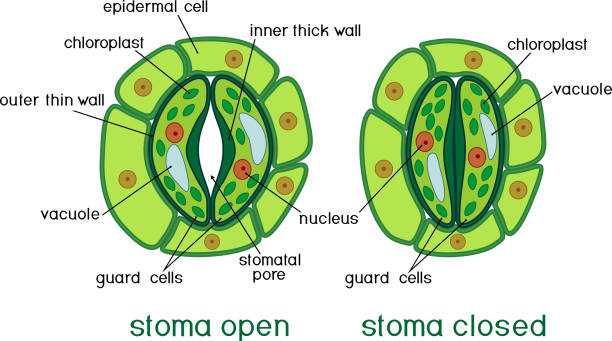
Then the plant’s humidity conditions are optimal, and the stomata open. Humidity levels in the air around plant leaves may decrease. Such situations happen especially when there is an increase in temp or wind conditions. In such a scenario, more water vapor would diffuse from the plant into the air. When such conditions prevail, plants close their stomata to prevent excess water loss.
It is important to note that stomata open and close due to diffusion. The stomata must close when the atmosphere is hot. The reason being under hot and dry conditions, the water loss due to evaporation is generally high.
The stomata must close to prevent dehydration. The guard cells actively pump potassium ions out of the guard cells and into surrounding cells. This process will cause the water in the enlarged guard cells to move osmotically to other areas with low solute concentrations. Meaning they move to areas of high solute concentration. The loss of water in the guard cells will cause them to shrink. This shrinkage will close the stomatal pore.
Opening and Closing
When external conditions change such that stomata need to open, the plant activity pumps back the potassium ions into the guard cells from the surrounding cells. As a result, water moves osmotically into guard cells, which causes the guard cells to swell and curve.
Note that the enlarging of the guard cells generally opens the pores. The plant will take in carbon dioxide using photosynthesis through open stomata. Water vapor and oxygen are released back into the air through open stomata.
Stomata Function – Closure Due to Stress
Stress is the primary reason for stomata to close as the plant produces abscisic acid or ABA – a plant hormone known to regulate many vital processes. It involves plant development and adaptation to biotic and abiotic stresses.
If the plant experiences water stress caused by drought or salinity – the plant will cope with the stress by avoiding unnecessary water loss, primarily through stomata. The plant produces abscisic acid, which signals stomata closure. The shrinking of the stomata collapses the pores, effectively closing them.
With this process, the plant can conserve water, thus avoiding any unnecessary losses. Once the stress signal reduces, the concentration of ABA is lowered. The final effect is the stomata closure.
Similarly, it has been observed that the plants produce ABA in response to pathogen attack like Pseudomonas syringae, which enters the plant through stomata. The plant synthesizes ABA, which finally induces stomatal closure. Through this process, the plant can avoid any further pathogen invasion.
Stress has Negative Effect on Plants
It is essential to understand that stress can negatively affect the growth of plants through stomata closure. The closure, in turn, disrupts photosynthesis and the normal water and hormonal movement within the plant. In simple terms, a hormonal imbalance can lead to stunted growth.
These are widely observed in the field – causing immense agronomical losses. It affects both the yields and fruit quality. Therefore, you should control the stress in plants at a physiological level. So to achieve this, you should avoid stomata function closure and the subsequent production losses at any cost.
Ever-changing weather conditions or adverse weather conditions – could prove harmful. Resource scarcity could also be a reason. Therefore, plant stress plays an essential role in effectively increasing production losses.
Conclusion
In summary, those stomata play a vital role in plant development. The reason being it regulates gas exchange with the atmosphere and also controls transpiration. In addition, other factors can affect the shape and size of the stomata. Finally, it regulates water uptake, transportation, and the distribution of nutrients and hormonal signals to different organs of plants.
Each of them is equally important to control the balanced growth of the plant. Maintaining the plant stress-free is crucial and essential to avoid production losses – which could directly affect stomata condition.
Read related topics on decorative plants, cruciferous vegetables, water sprinkler, sprinkler system, sprinkler irrigation, drip irrigation, plant nursery, ground water, vegetable farm, and more.
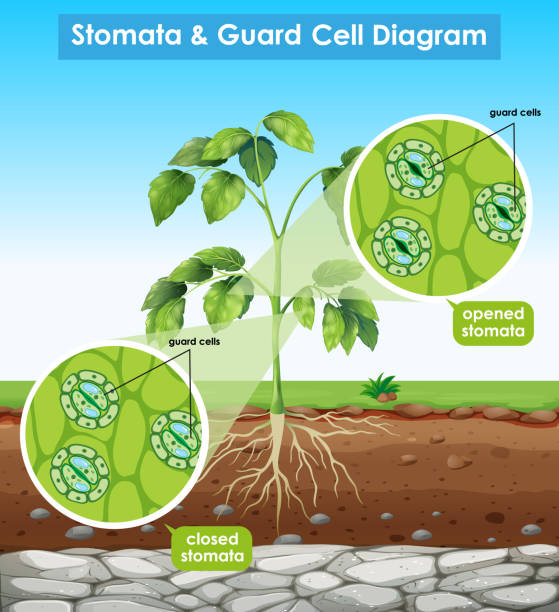





Leave a Reply